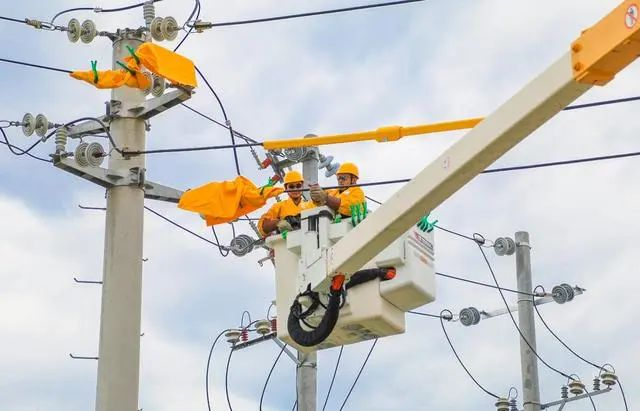

The cornerstone of integrated energy and virtual power plants, the distribution grid is entering an era of significant investment and reform innovation.
Under the "dual-carbon" (carbon peaking and carbon neutrality) goals, the high-quality development of the distribution grid will be especially important in the future, as it is a crucial link that directly affects the power users. In China, the pattern of power investment has long been focused on "heavy investment in power sources and transmission, light investment in distribution," but the distribution grid, being the final and critical part of the electricity network, is essential.
A series of new technologies in China are closely linked to the distribution grid: integrated energy, virtual power plants, digital twins, and other technologies all rely on the improvement of the distribution grid’s reliability and capacity. The construction of smart cities, along with smart parks and smart buildings under them, also heavily depends on the distribution grid.
Last year, many large financial institutions predicted that in order to keep pace with the development of new energy, the annual investment in the distribution grid over the next three years would be around 300 to 350 billion RMB, significantly increasing the share of investment in the grid. The distribution grid is entering an era of major investment.

In today’s era, the operation and maintenance of distribution systems are facing unprecedented challenges, arising from factors such as safety, economy, and institutional mechanisms. To address these uncertainties, the distribution grid needs not only technological innovation but also management and operational innovation to ensure its flexibility and foresight. The State Grid Corporation has already stated that during the "14th Five-Year Plan" period, investment in distribution grid construction will exceed 1.2 trillion RMB, accounting for more than 60% of the total investment in the grid. Similarly, the Southern Power Grid also considers distribution grid construction a key task during the "14th Five-Year Plan" period, with a planned investment of 320 billion RMB, making up about 50% of the total investment in the grid during this period. To promote the high-quality development of the distribution grid, the National Energy Administration issued the "Implementation Plan for the High-Quality Development of Distribution Networks (2024-2027)" on August 13. The plan has drawn a clear blueprint for the current stage of development. This blueprint focuses on improving power supply capacity, disaster resistance, and load-bearing capacity, and it emphasizes the "four batches" of construction and renovation tasks. These include: accelerating the upgrade and renovation of distribution networks in areas with weak power supply capacity; implementing projects to enhance disaster resistance; constructing projects to meet the needs of new energy stakeholders; and innovating and exploring distributed smart grid projects. With large-scale equipment upgrades and a policy encouraging the replacement of old consumer goods, the distribution grid is entering a new era of massive investment. The introduction of digital technologies brings new opportunities for the development of the distribution grid. Through the integration of IoT, edge computing, big data, and other hardware and software technologies, smart management of the distribution grid has become possible, improving the reliability of power supply and enhancing the flexibility of electricity distribution. In the current economic environment, upgrading to smart systems to activate existing resources is undoubtedly a more cost-effective choice.